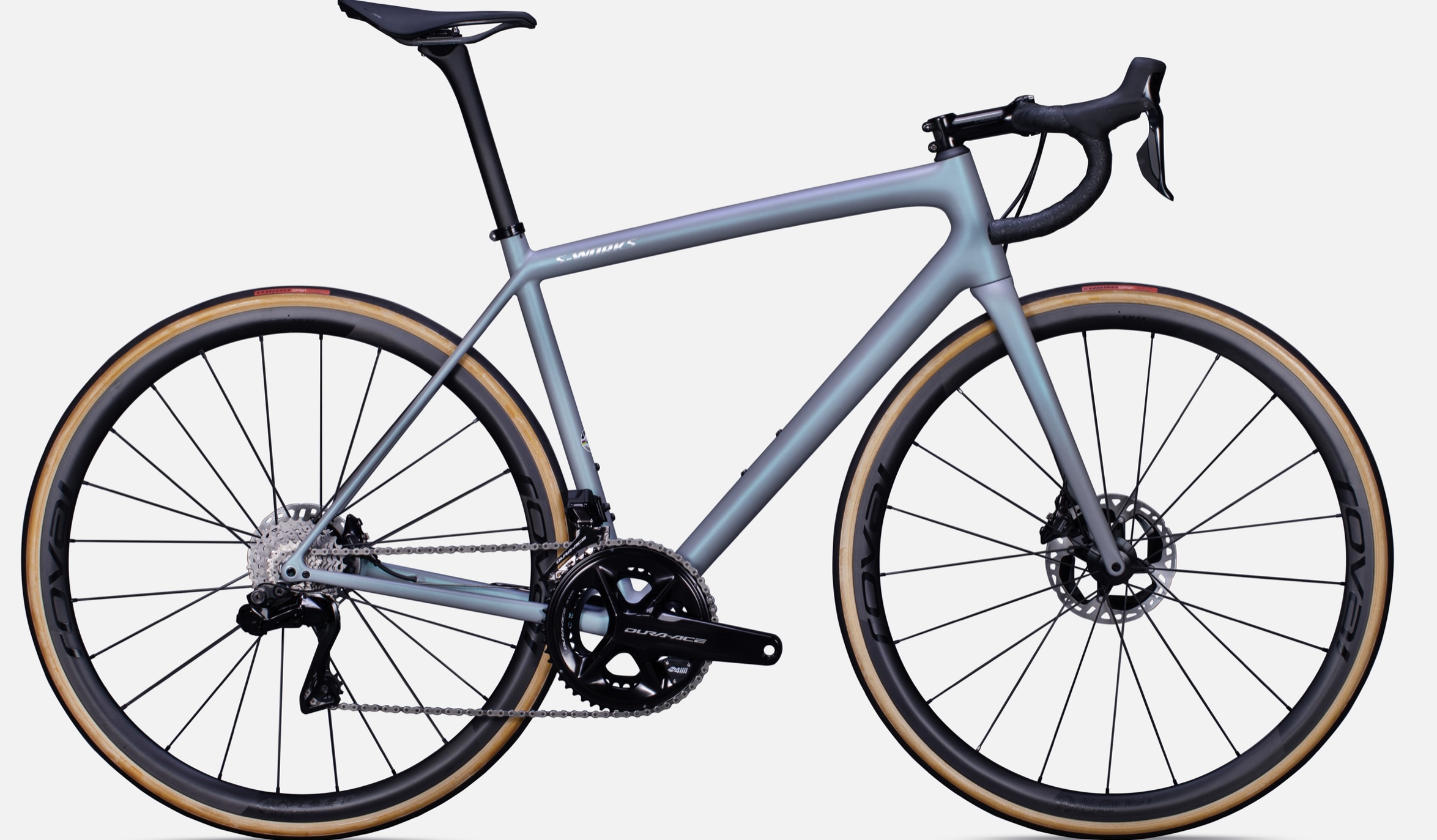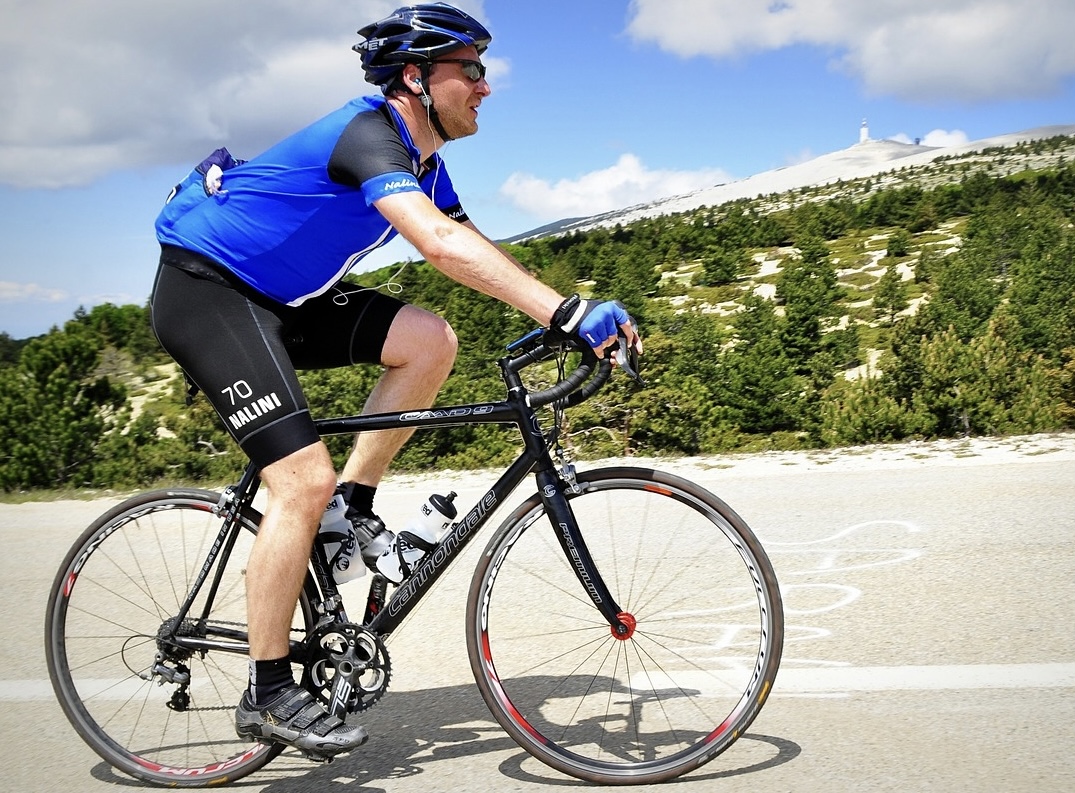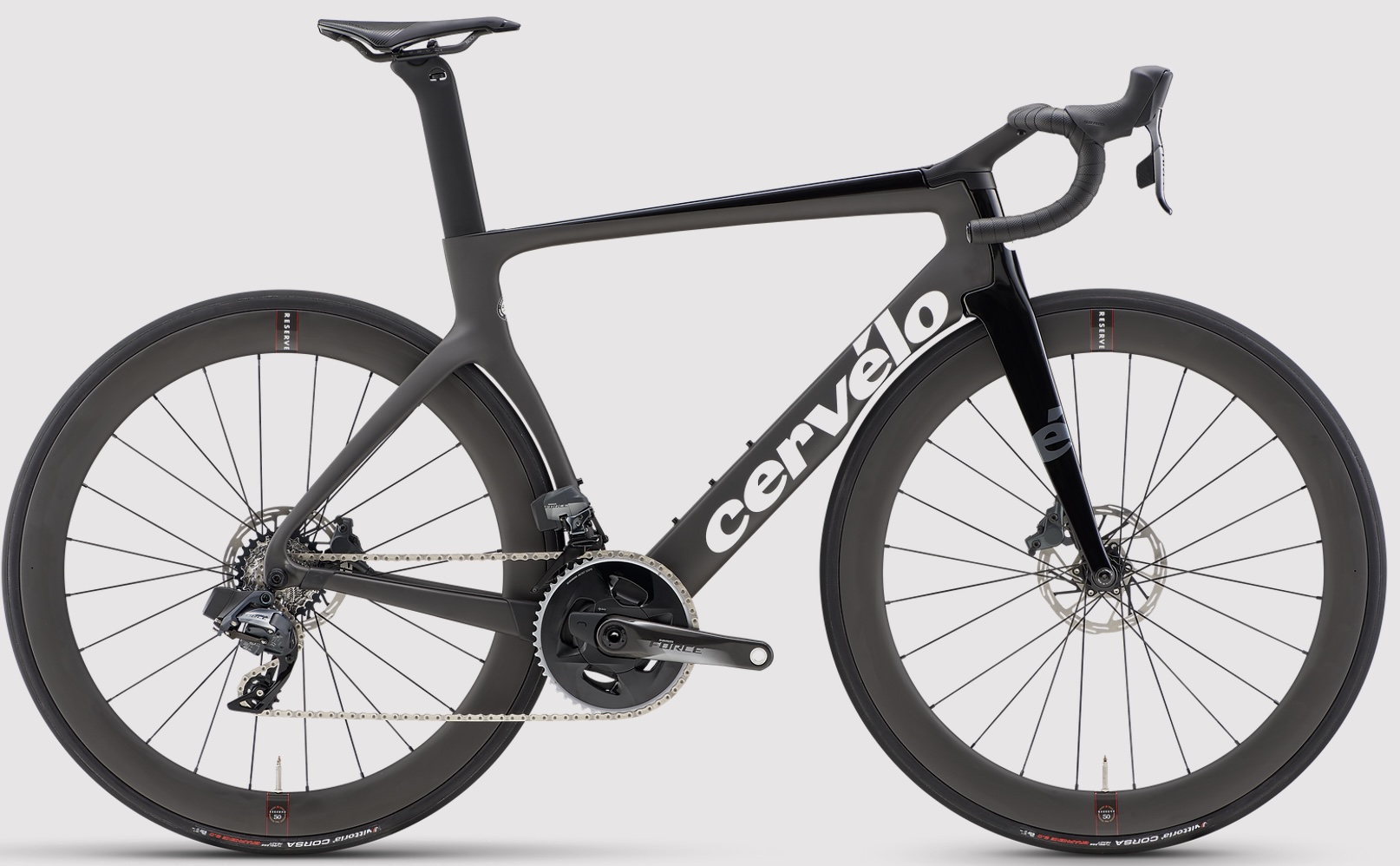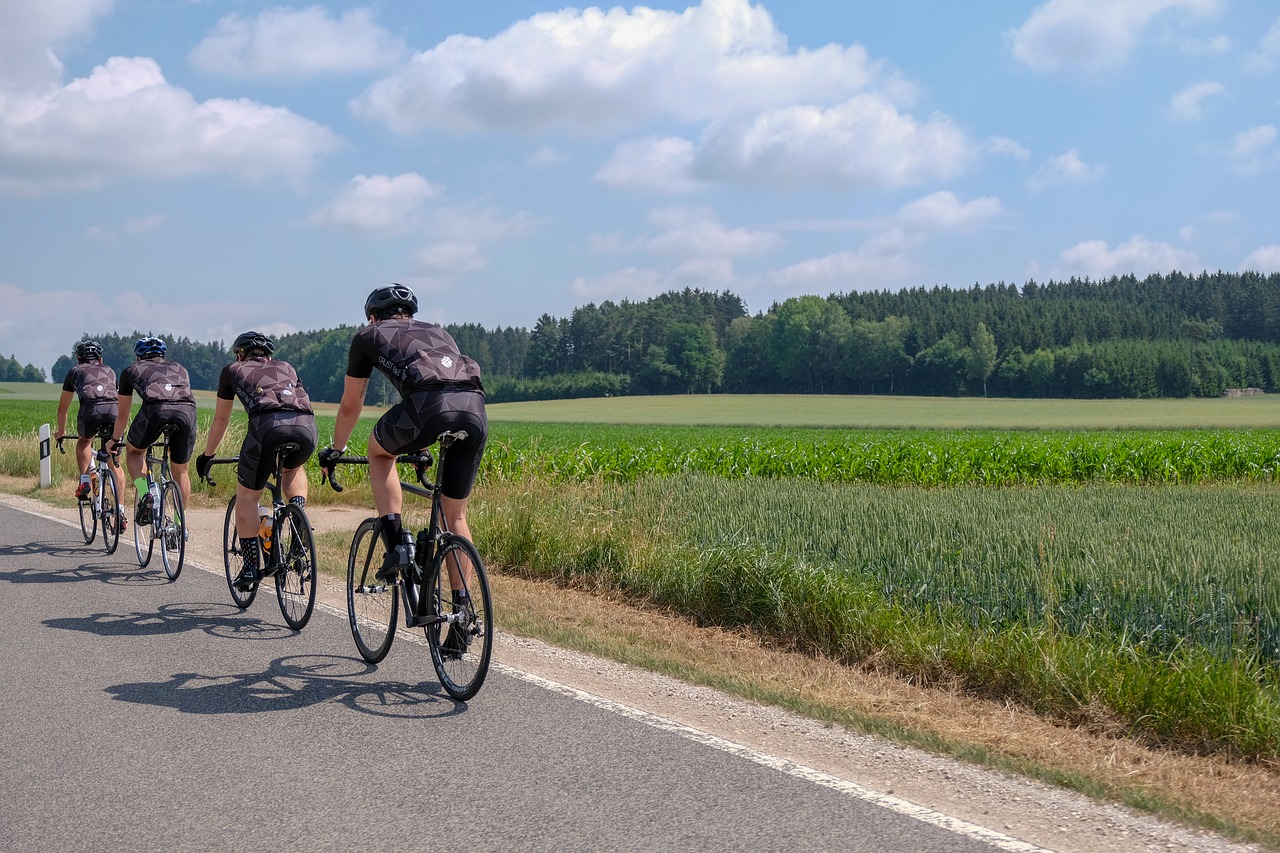
With each passing year the bike industry comes out with new models to compete in the arms race for speed. The latest flagship models are the ones that showcase the newest tech and frame design.
There are many features that make modern, more expensive bikes faster but lots of these (not all) are available on the lower price bikes in the range.
Many times new technology will ‘trickle down’ the range over time so patience can save thousands but for the sake of answering the original question: yes a better bike will make you faster but there are a lot of factors to consider.
Let’s look at in more depth.
Is a more expensive bike faster?
With Pro level road bikes costing upwards of £10K ($13K) it’s a valid question to ask. With these prices it’s no wonder road cycling is becoming a middle class sport! The simple answer is yes, a more expensive bike will have a better group set (the parts on the bike), be lighter, stiffer and more aerodynamic. Each of these things will make a measurable difference to how fast you travel for a given power output.
Other factors play a bigger role in your speed such as:
- Your level of fitness
- Leg strength
- Your position on the bike (the rider is the part that causes most wind resistance so and ‘aero tuck’ is faster)
- Bike fit (a well fitted bike allows more power out put and comfort)
- The clothing you wear (thigh tear clothing is more aero)
- Your body weight (for strength to weight ratio when the road goes up)
Improving any of the above will make you go faster but assuming you have all of them dialled in, lets look at the difference the bike can make.
Does A Better Bike Make A Difference?
The advert for a new bike or latest version of any given model will usually state some combination of the following: that the bike is lighter, stiffer, more aerodynamic, more comfortable, has more modern equipment or specifications (like room for wider tyres).
Lighter bikes go up hill faster for a given power output.
Stiffer frames transfer rider power in to speed better.
Aerodynamic frames and wheels cut through the air faster or hold speed for less power.
Hidden cables are now the norm on top flight bikes (cables routed, unseen through the frame and handlebars). This also looks amazing with clean lines but can be inconvenient for things like stem swap-outs or spacer removal.
The latest top of the range bike that you see pro riders using will naturally make a measurable difference to speed but it can be quite negligible for the average cyclist. Even pro races can be decided by photo finish after hours of racing.
What makes one bike faster than another?
There is a steady flow of incremental, evolutionary improvement over time in the following areas:
- Frame stiffness
- Aerodynamics of frame wheels and components
- Weight savings
So usually more modern equipment is better than older and higher price point bikes have the latest innovations in these areas.
How Much faster Is A Better Bike?
Bike frames, wheels and components are often tested in wind tunnels. Adverts are filled with alluring but un-testable claims about a given component saving 16 seconds over a 40km time trial. However un-testable the claims may be, when switching to a top flight bike the combination of all these advantages is perceptible.
Aero wheel sets with their deep section carbon rims make a measurable , noticeable difference the required amount of power for holding a set speed.
One thing the is not usually considered is shifting response of gears. Going form a dated, cheaper group-set to a top of the range electronic one like dura ace or sram red AXS for the first time is a real eye opener. Shifting is so fast and precise even under load that you will be faster due to not having to back off the power you are putting through the pedals.
Disc brakes are pretty much ubiquitous on top level bikes now. Some traditionalists hate them but now that they are losing the issues they originally had (weight penalty, rotors rubbing, lack of aerodynamics) the advantages, including speed (on long descents and in the wet) are winning people over.
A lighter weight bike will be faster on the climbs. 1kg of weight reduction will save you approximately 2 seconds per 100m of vertical ascent. Many steeds of the ‘super bikes’ category can save several kg of weight over cheaper , older bikes so this can be significant if you ride in the hills or high mountains often.
Psychological effect of the feel of a light bike is not to be underestimated. Light, stiff bikes have a very eager feel when accelerating.
Does A Bike make A Difference In Speed?
Yes it does but not a much as you would think for the money you will spend. On flat terrain the weight savings of an expensive modern bike are not so great. Aero benefits are a different matter. Aerodynamic differences between a mid range bike and a hyper bike is sometimes minimal apart from the wheels. A really deep set of aero carbon rims will always be present on a pro level bike but absent on the mid to lower ranges.
Will An Expensive Bike Make you faster?
Yes but there are diminishing returns for more money. If you can afford one and want one there is no reason not to own a top of the range bicycle. They feel great and will improve your performance, just don expect miracles.
A more affordable aid to performance is a power meter. Once you know the power you can hold for a given climb or route you are able to pace any sustained effort to perfection. This makes you more efficient at using your energy so as not to over exert your self too early in a ride (which you will pay for later by having to ride far mor slowly).
How Much Does A Good Bike Affect Speed?
Difference between low price bike and a mid range will be the carbon lay up in the frame will make the frame lighter and stiffer. The parts will be better and also the wheel set. A better frame, group set and wheels will make the most difference to your speed.
The difference on your regular ride will be measurable but more likely in seconds rather than minutes.
A recent test between a good bike and one costing about triple the price showed a measurable difference per kilometre of about 6 seconds.
Whether the marginal gains are worth the price hike between a good bike and a ‘super-bike’ is up you you and your bank manager. It will make you faster but not by as much as changing your training plan.
Simply by riding with faster, more experienced riders or adding some spring training days will make you fitter and therefore faster over time.

Will getting a bike fit make me faster?
Getting the right size of bike is essential but having a professional ‘bike fit’ will pay dividends in comfort and power transfer. It’s far cheaper than a £10k bike (usually costing only a couple of hundred pounds) but not quite as cool.
Getting saddle height/angle/position correct, stem length and spacer height dialled in, handlebar width and angle, crank length and more are all components of a good bike fit.
Power output when your bike is fitted properly will go up.
Comfort on the bike means power is available for longer.
So does a better bike actually make you faster?
Yes! But… should you buy one?
Dont forget that when a modern £12K bike flys past you on the road or trails, its probably the rider that is faster and not just the bike.
A better more modern and expensive bike will make you quicker but sadly will not turn you in to a world champion.
There are better places to spend your time and money, such as bike fit or updated training plan.
In the end buying a new bike is an amazing thing to do. ‘New bike day’ is always exciting and anything that makes you ride more is a good thing. The decision to buy an expensive bike can be equal parts emotional and logical.
Very few things in your life will get as much use and do as much good as new bicycle. Go for it, you know you want to.





